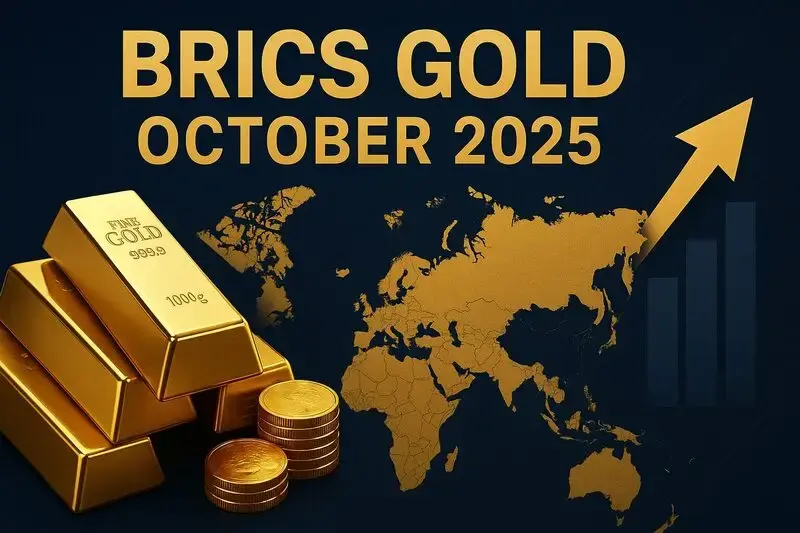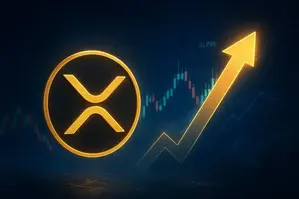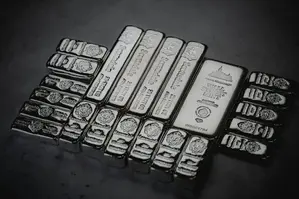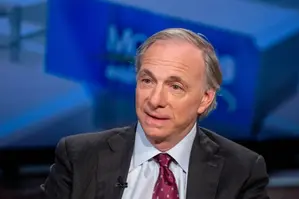BRICS gold October 2025 data actually shows India’s gold reserves reached around $102.365 billion by early October while South Africa’s combined reserves increased from $67.865 billion to $69.364 billion. India maintained approximately 880 tonnes with gains driven by price appreciation rather than new purchases, and South Africa’s role in BRICS gold buying contributed to overall reserve growth during this period. These central bank gold reserves movements across the bloc during BRICS gold October reflected strategic diversification efforts, with India gold reserves and South Africa gold reserves positioning these nations as key leaders even though there was limited data transparency from other BRICS members right now.
Also Read: BRICS Historic Gold Surge as India & China Just Found Record Mines
Analysing BRICS Gold Buying And Central Bank Gold Reserves In October 2025
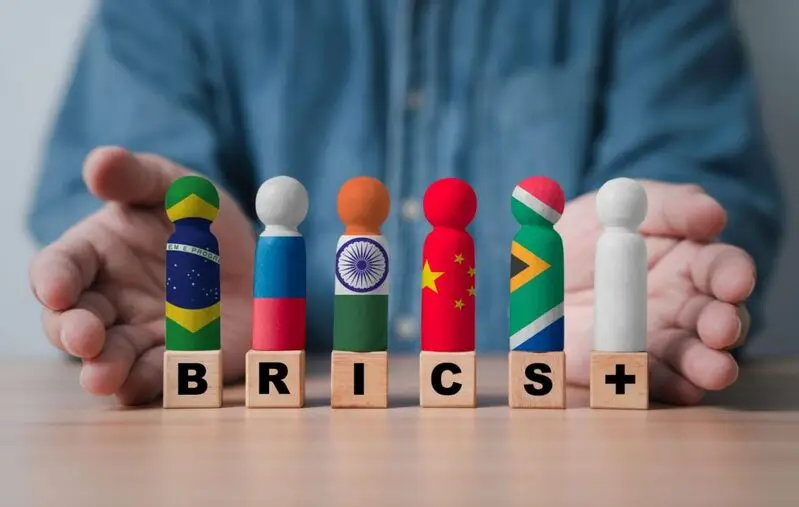
India Leads BRICS Gold October Through Valuation Gains
Indeed, as seen in BRICS gold October 2025 data, India has gold reserves worth approximately 102.365 billion dollars by the beginning of October with South Africa raising the joint reserves by 67.865 billion dollars to 69.364 billion dollars. India also held about 880 tonnes and the gains were as a result of price increase and not new purchases and South Africa involvement in BRICS buying of gold also helped in the overall growth of the reserves in the period.
The movements of these central bank gold reserves all over the bloc in BRICS gold October were indicative of strategic diversification undertakings with India gold reserves and South Africa gold reserves establishing these countries as key leaders even though less data were as yet available on what other BRICS members are doing.
South Africa’s BRICS Gold October Strategy
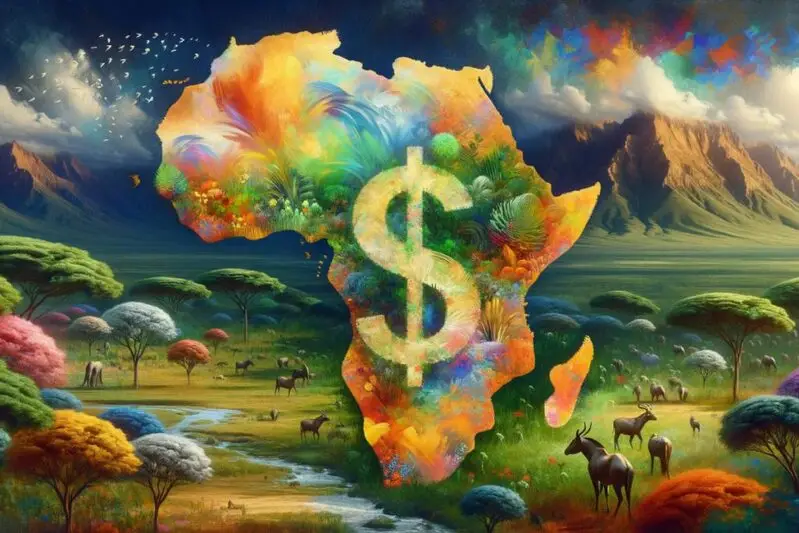
South Africa held approximately 125.47 tonnes of gold reserves in the third quarter of 2025, matching the first quarter figure. The country’s net gold and foreign exchange reserves grew by approximately $1.5 billion in October 2025, representing an increase of about $3.1 billion. Total reserves increased, but publicly issued reports did not reveal any specific tonnage changes in gold.
According to Zafar Parker, the head of financial markets in the South African Reserve bank, historically South Africa has been a high holder of gold owing to the fact that it is a major producer of gold. The overall reserve development indicates that the company is still strategically positioned, but the finer details of the tonage changes of these gold reserves in South Africa did not get disseminated among the public in BRICS gold October specifically.
Brazil Sets Context For BRICS Gold Buying
Brazil acquired nearly 16 tonnes during September, marking its first reserve increase since 2021. Krishan Gopaul, Senior Analyst for EMEA at the World Gold Council, stated that central bank demand has been a critical factor behind gold’s unprecedented rise to record highs above $4,000 an ounce, and that Brazil’s gold holdings now total 145 tonnes.
By comparison, China’s People’s Bank bought only 1 tonne during the same period—the slowest pace of purchases since it began its buying spree in 2022, not counting the six-month pause in 2024. Central bank gold reserves have actually maintained purchases approaching 1,000 tonnes annually for three consecutive years even as prices doubled.
Also Read: Will BRICS De-Dollarization Really Succeed?
Robert Gottlieb, former Managing Director of precious metals desks at JPMorgan and HSBC, explained that countries are starting to tell themselves they need to diversify away from the dollar. They’re doing so because globalization is ending, and they are diversifying into gold because it is not a fiat currency, and it is not based on the credit or faith of any specific country.
The BRICS gold October data demonstrates that India and South Africa lead measurable central bank gold reserves accumulation within available public reporting frameworks right now, despite incomplete transparency from Russia, China, and Brazil regarding their specific October purchasing activities.
